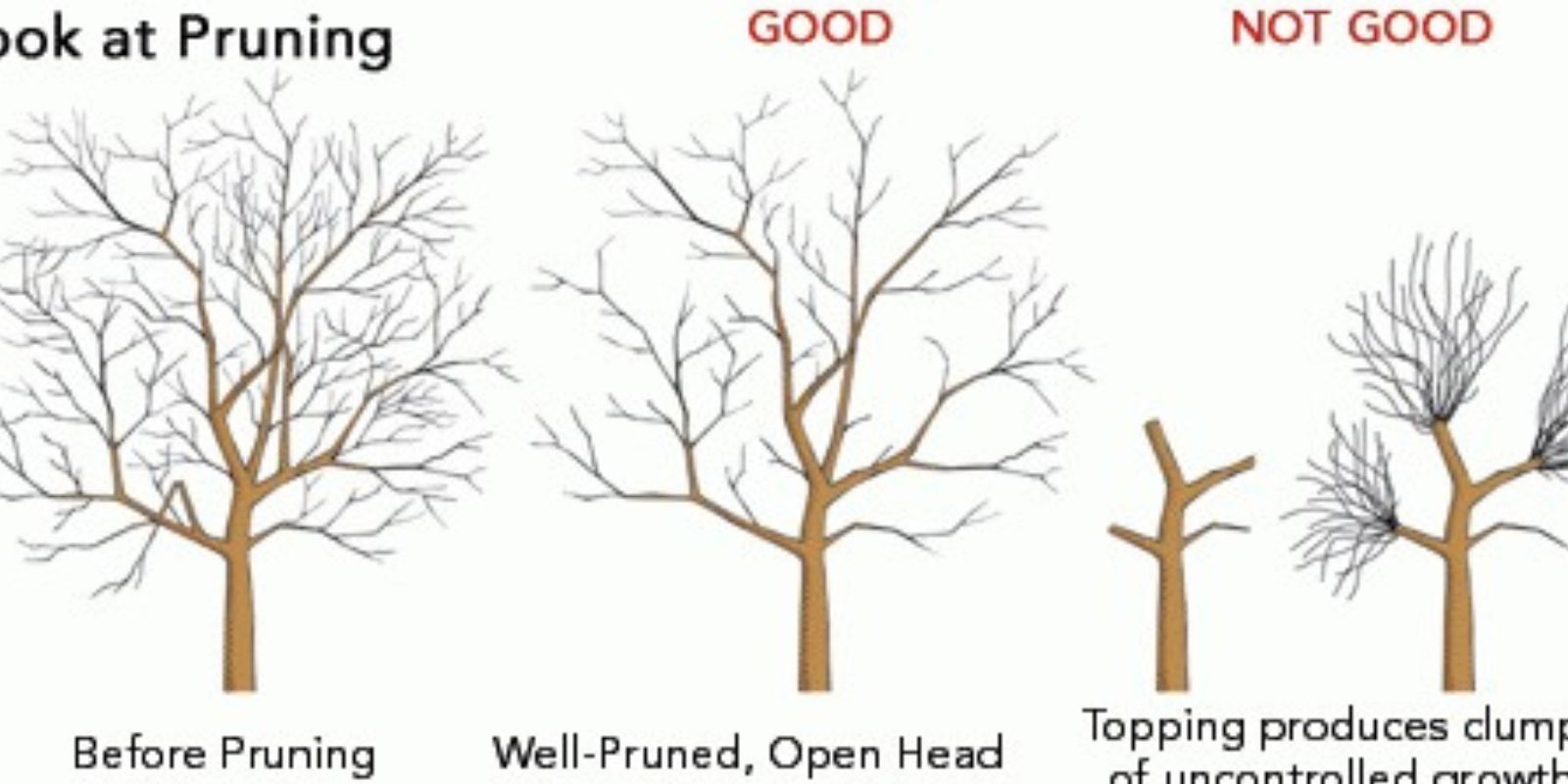Pruning trees is more than just cutting away branches; it’s a critical gardening practice that promotes tree health, improves safety, and enhances the overall beauty of your landscape. However, improper pruning can cause more harm than good, potentially damaging the tree or creating safety hazards. In this comprehensive guide, we’ll cover the essential steps for safe tree pruning, the best techniques to use, and how to care for your trees afterward.
Why Prune Your Trees?
Pruning trees serves multiple purposes:
- Improving Tree Health: Removing dead or diseased branches prevents infections and pests from spreading.
- Enhancing Safety: Weak or overhanging branches can pose risks to people, property, and power lines.
- Promoting Growth: Proper pruning encourages healthy growth and better fruit or flower production.
- Aesthetic Appeal: Well-pruned trees look tidy and can add to the beauty of your garden.
1. Planning Your Pruning Project
Before you start pruning, preparation is key to ensuring both safety and effectiveness.
Check Regulations
- Many areas have specific rules about tree pruning, especially for larger or historic trees. Check with local authorities to determine if you need a permit.
- Avoid pruning trees that may fall under protected species laws.
Choose the Right Time
- Late Winter/Early Spring: This is the best time to prune most trees, as they are dormant and less susceptible to stress.
- Avoid pruning during extreme weather or when frost is likely.
Understand Tree Types
- Some trees, such as oaks and maples, have specific pruning needs. Research your tree species before starting.
2. Tools and Safety Equipment
Having the right tools and gear is essential for a successful pruning session.
Essential Tools
- Pruning Shears: Ideal for small branches and precise cuts.
- Loppers: For medium-sized branches up to 2 inches thick.
- Pruning Saw: For larger branches and thick growth.
- Pole Pruner: For high branches that are out of reach.
Safety Gear
- Gloves: Protect hands from cuts and scratches.
- Helmet: Guard against falling branches.
- Protective Glasses: Shield eyes from debris.
- Sturdy Shoes: Ensure stability while working.
3. Pruning Techniques for Success
Now that you’re ready to start pruning, follow these best practices for effective and safe cuts.
Remove Deadwood
- Cut away dead, diseased, or damaged branches at their base.
- Use sharp tools to avoid tearing or splintering the wood.
Handle Large Branches Carefully
- To prevent bark tearing, cut large branches in sections:
- Make an undercut a few inches from the trunk.
- Create a second cut from above to remove the branch.
- Finish with a clean cut just outside the branch collar.
Thinning for Air Circulation
- Remove crossing, inward-growing, or overly dense branches.
- This improves airflow, reducing the risk of fungal diseases.
Maintain an Angled Cut
- Always cut at a 45-degree angle above a healthy, outward-facing bud.
- Angled cuts prevent water from pooling on the wound, reducing the risk of rot.
Cutting Close to the Trunk
- Avoid cutting too close to the trunk or leaving a stub. Cut just outside the branch collar (the swollen area at the branch base).
4. Post-Pruning Care for Trees
Proper aftercare is crucial to help your tree recover from pruning.
Watering and Fertilizing
- Trees may need additional water and nutrients to heal after pruning.
- Apply a slow-release organic fertilizer in spring to support growth.
Wound Sealants: Use Sparingly
- Most trees heal naturally and do not require wound dressings.
- Only use sealants for specific species or if directed by an arborist.
5. When to Call a Professional
Some pruning jobs are best left to certified arborists, especially for safety reasons.
Large or Tall Trees
- If the tree is too high to reach safely, call a professional with proper equipment.
Complex Pruning Needs
- For structural pruning or significant reshaping, arborists can ensure the tree’s long-term health.
Emergency Situations
- Storm-damaged trees or branches near power lines should always be handled by professionals.
Common Mistakes to Avoid
Avoid these pitfalls to ensure your pruning efforts are successful:
- Over-Pruning: Cutting too much can stress the tree and stunt its growth.
- Improper Timing: Pruning during the growing season can lead to sap loss and weaken the tree.
- Flat Cuts: Horizontal cuts can cause water to pool and lead to rot.
- Using Dull Tools: This results in jagged cuts that are harder for the tree to heal.
Benefits of Proper Tree Pruning
When done correctly, pruning offers numerous benefits:
- Stronger, healthier trees with improved resistance to pests and diseases.
- Increased fruit or flower production for certain species.
- Reduced risk of falling branches, enhancing safety for your property.
- A more attractive landscape with well-shaped trees.
Conclusion: A Healthy Tree for a Thriving Garden
Pruning is a vital skill for any gardener, and with the right tools, techniques, and timing, you can maintain beautiful, healthy trees that enhance your outdoor space. Whether you’re shaping a small ornamental tree or addressing safety concerns with larger species, following these steps will ensure your efforts pay off.
💬 How do you care for your trees? Share your favorite pruning tips in the comments below! 🌿🌳

